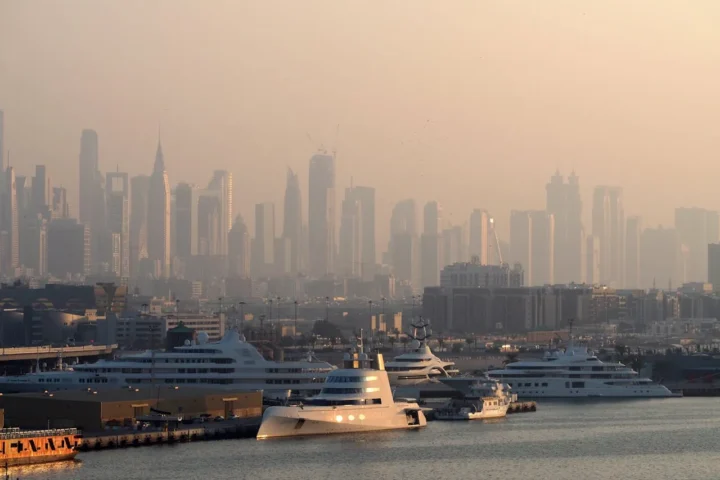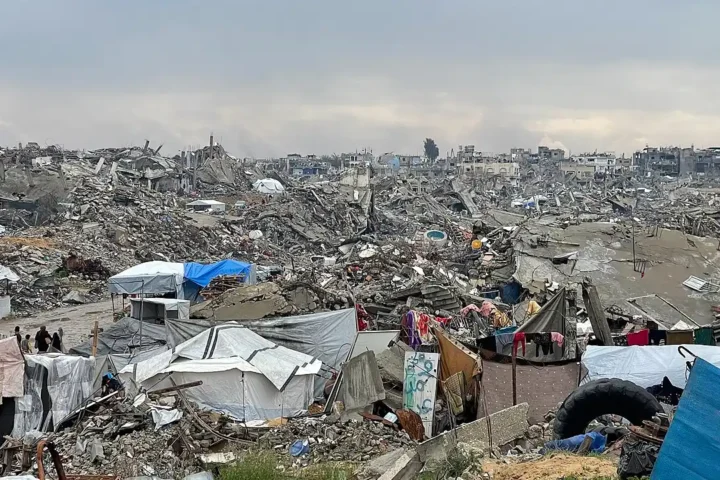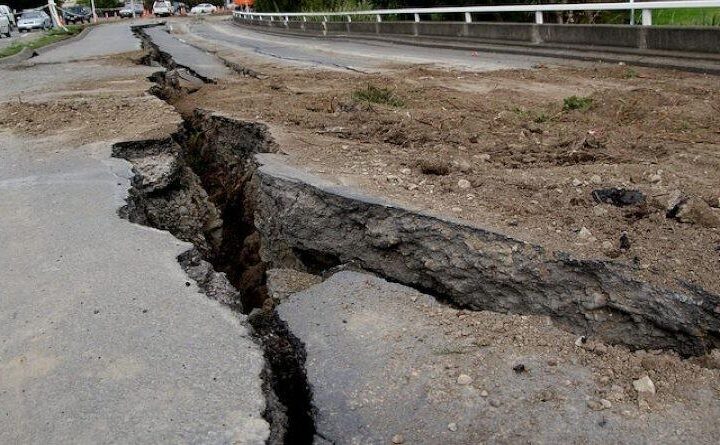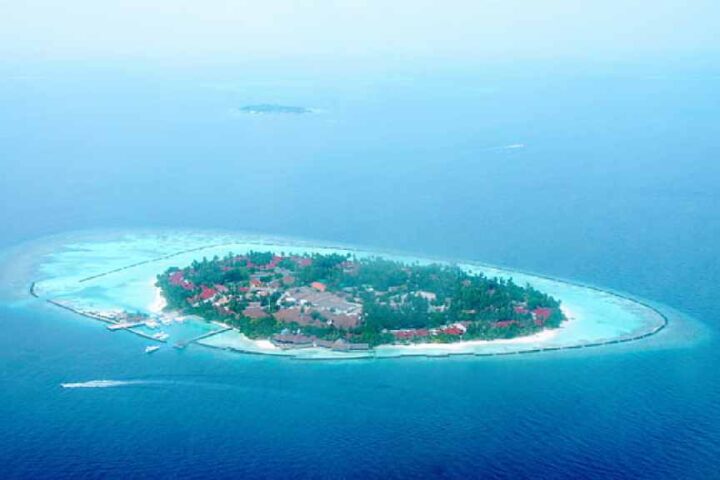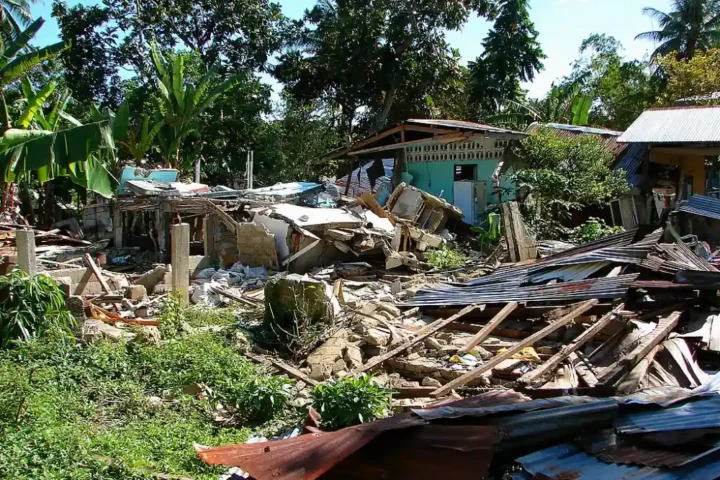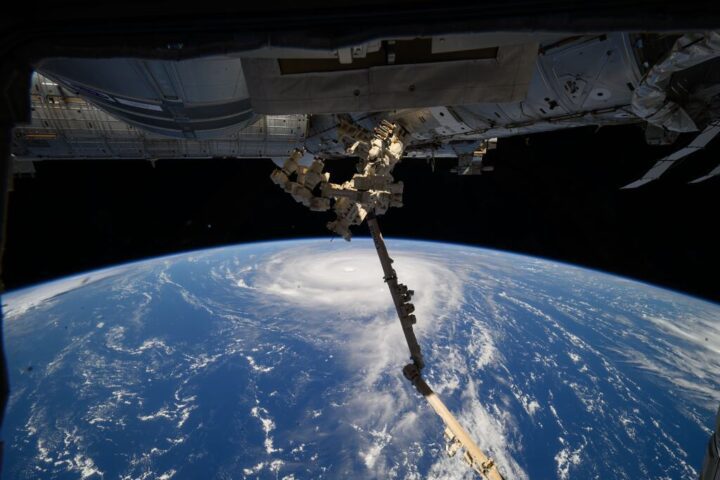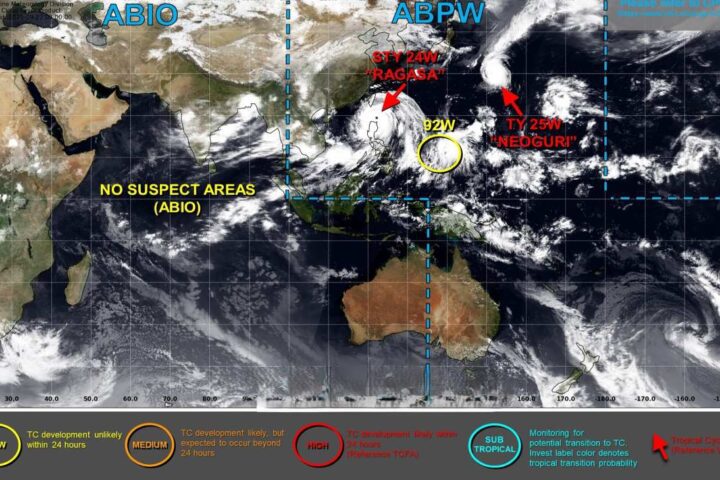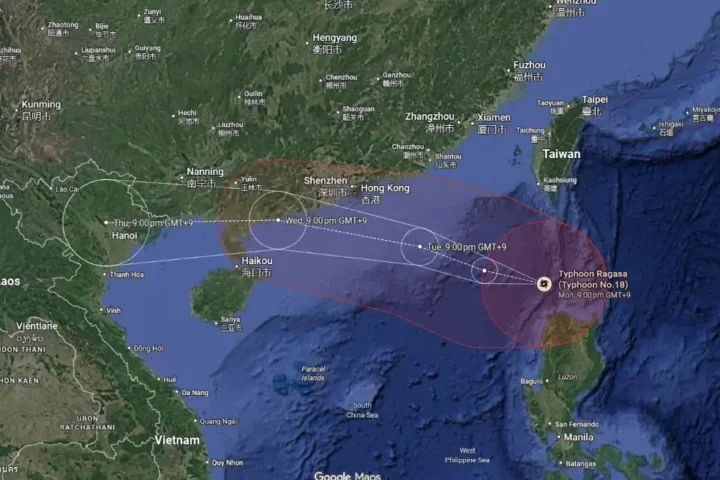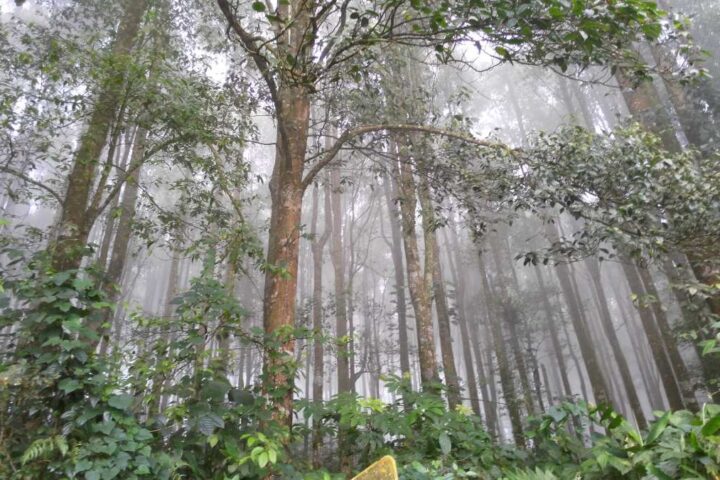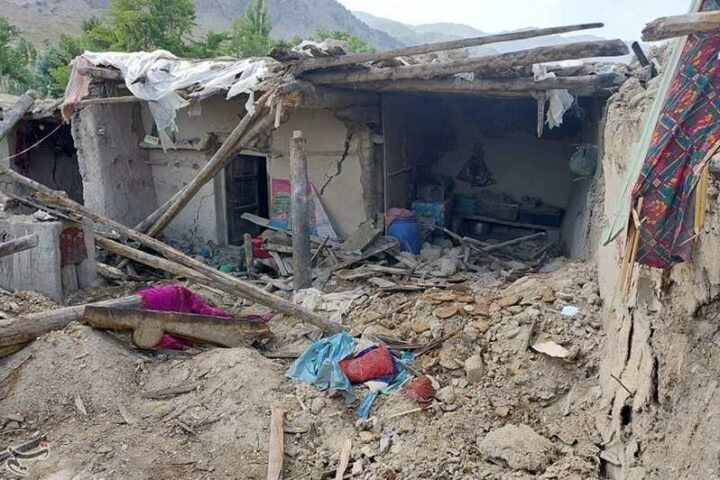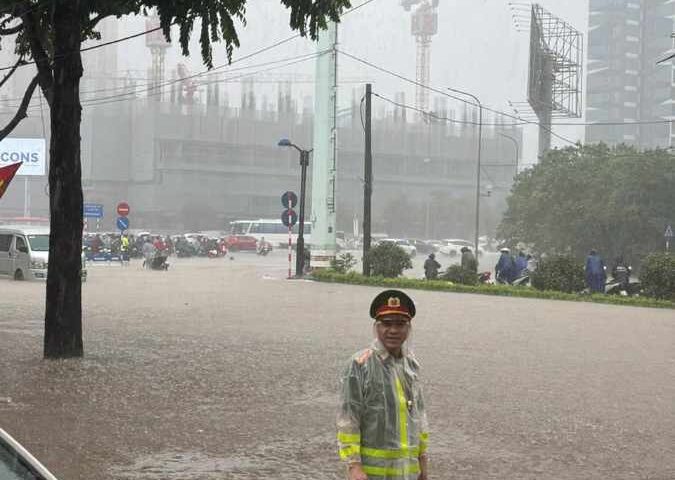Often referred to as the “Roof of the World“, the Tibetan Plateau (TP) is undergoing significant climatic shifts with global repercussions. Huang and his team have conducted a comprehensive review of the latest research that delves into the Tibetan Plateau’s influence on, and vulnerability to, the evolving global climate. While the exploration of the plateau’s climatic impact has historical roots tracing back to the 1880s, contemporary breakthroughs in observational techniques and numerical modeling have paved the way for fresh perspectives.
A key illustration in the study showcases the myriad ways the Tibetan Plateau interplays with the global climate system. Highlighting the urgency of the situation, W. Xu, a leading glaciologist and author of several pivotal studies, warns, “From 2000 to 2100, Glaciers are expected to retreat.” This retreat, driven by increased precipitation and glacial meltwater, contrasts with an anticipated rise in river runoff.
M. Yang, a renowned researcher specializing in snow patterns, posits that the Tibetan Plateau will experience a marked decrease in the number of snow days and the snow water equivalent. The plateau’s permafrost, a cornerstone of its ecosystem, is predicted to recede, while its active layer expands. Concurrently, due to rising temperatures and precipitation, the plant growing season is poised to extend, potentially boosting vegetation productivity.
Yet, it’s not merely the Tibetan Plateau’s physical landscape undergoing transformation; atmospheric patterns are in flux. A significant atmospheric feature, the ASM anticyclone, is on the brink of change in our warming world. Dr. Zhang, an atmospheric scientist, suggests that while the ASM anticyclone’s intensity might stabilize, its position is likely to shift equatorward. This movement, as elucidated by experts Qu & Huang, is attributed to the “combined effect of LH and the mean advection of stratification change.”
Gettleman, a distinguished researcher in stratosphere-troposphere interactions, cautions that these atmospheric shifts will significantly alter stratosphere-troposphere exchange processes. The TP is also bracing for extreme weather events. D. Chen, a climate modeler, warns of rising extreme temperatures and precipitation. B. Tang, an expert in temperature extremes, further notes that indices measuring extreme temperatures are trending upwards.
The Tibetan Plateau’s thermal forcing, particularly the Spring Sensible Heat (SH), critically influences the Asian Summer Monsoon (ASM). A concerning trend was observed just before 2000 when SH dipped, only to recover swiftly. M. Wang, an expert in radiative forcing, projects this trend to intensify with greater radiative forcing. However, the plateau’s summer climate prognosis is mixed. Z. Xie & Wang, climatologists, predict increased summer precipitation but also hint at a potential weakening of the TP’s thermal forcing effects due to greenhouse gas-induced top-heavy heating.
Despite advancements, current global climate system models, when simulating the Tibetan Plateau’s unique climate, exhibit biases. X. Chen, a climate modeler, points out prevalent biases like cold temperature and overestimated precipitation over the plateau. The pressing need for higher resolution models is evident, especially with the advent of supercomputing. The TP’s role in global climate dynamics is irrefutable. For over half a century, scientists have delved deep into the plateau’s climatic intricacies, culminating in the establishment of the Tibetan Observation & Research Platform. Their findings underscore the profound influence of land-atmosphere interactions on global climate patterns, suggesting that spring anomalies in cryospheric and soil moisture conditions can trigger regional hydroclimate variability.
Similar Posts
Tangible manifestations of the Tibetan Plateau’s evolving climate include the expansion of major lakes in its central and western regions and the contraction of those in the southern and eastern areas. The ASM anticyclonic circulation system around the TP is a significant conduit for tropospheric pollution and water vapor transport. With global atmospheric implications, especially with the projected equatorward shift of the ASM anticyclone. The ASM’s relationship with the plateau is intricate, shaped by both thermal and mechanical effects. Some even hypothesize that the TP’s uplift may have influenced the habitable Northern Hemisphere, a theory warranting further exploration.
Persistent TP thermal forcing can induce Hemisphere-scale atmospheric circulation variations, influencing global weather patterns. Climate projections for the 21st century depict rising temperatures and precipitation across the Tibetan Plateau, with glaciers, runoff, snow cover, permafrost, and vegetation poised for significant change. The TP’s growing influence on global climatic patterns necessitates vigilant monitoring and research. Emphasizing the need for enhanced data collection, current satellite datasets and observations appear inadequate. To facilitate accurate cloud and precipitation process simulations, improving observation temporal resolution is crucial.
The call for improved regional and global climate system models is loud, with many advocating for the creation of a ‘digital twin’ of Earth. The Tibetan Plateau, with its unique climatic and geographical attributes, stands as a global climate change harbinger. Its changing landscape and atmospheric patterns serve as a global cautionary tale. Often dubbed the water towers of Asia, the TP’s glaciers are retreating, signaling potential continental water scarcity issues. The ASM, integral to Asia’s climate system, is also in flux, potentially impacting Monsoon patterns.
A sentiment resonating among climate scientists is: “The Tibetan Plateau will continue to play a unique role in the warming global climate of the coming decades.” The plateau’s evolving landscape, from its retreating glaciers to its shifting anticyclone patterns, starkly highlights the tangible impacts of global climate change. As the TP undergoes these transformations, its profound influence on global weather patterns, water resources, and ecosystems will be palpable. The world must heed the plateau’s lessons, adapt, and brace for forthcoming challenges. The TP’s climatic evolution isn’t merely a regional concern but a global one, with ramifications for water security, biodiversity, and human livelihoods.
The Tibetan Plateau’s narrative serves as a global cautionary tale as the “Roof of the World“ faces these climatic shifts. The urgency for comprehensive research, enhanced data collection, and high-resolution modeling has never been greater. The TP’s tale underscores our climate systems’ interconnectedness and the ripple effects of change. Its modulation of westerlies, hemispheric Rossby wave trains, and zonal-vertical cells highlights its global clout. The plateau’s unique climate dynamics provide invaluable insights into looming challenges and opportunities as global temperatures ascend. The world must attentively observe the Tibetan Plateau’s unfolding changes, recalibrating strategies and policies accordingly. The TP’s climatic shifts serve as a global climate change barometer, offering resilience, adaptation, and mitigation lessons. As the plateau undergoes these profound changes, the world watches, learns, and hopefully acts. The TP’s narrative attests to nature’s power, the urgency of climate action, and ecosystem resilience. In the face of global climatic change, the Tibetan Plateau stands sentinel, signaling our planet’s impending challenges and opportunities.
Note to Readers:
This article draws its insights and findings from a comprehensive study titled “Land‐Atmosphere Interactions over the Tibetan Plateau and Their Impacts on the Global Climate System”. Conducted by a team of distinguished researchers and published in the reputable journal AGU Publications, the study delves deep into the intricate land-atmosphere interactions over the Tibetan Plateau and their broader implications on the global climate system. We’ve endeavored to present the key takeaways from this research in a concise and accessible manner. For those interested in a more detailed exploration, we highly recommend referring to the original study through the provided link.



